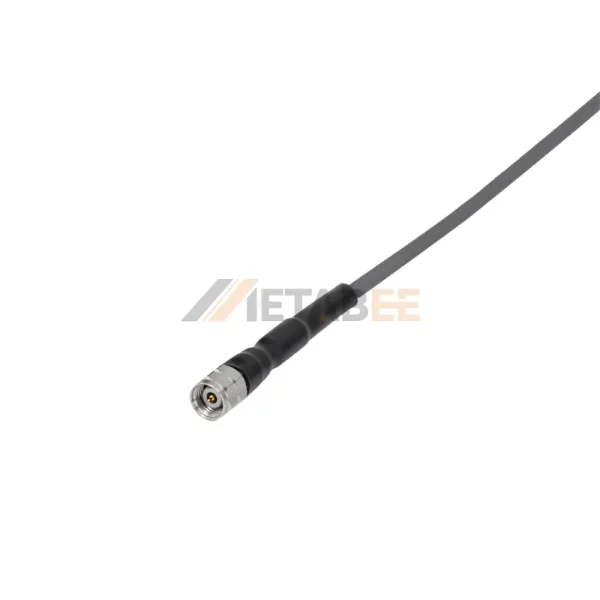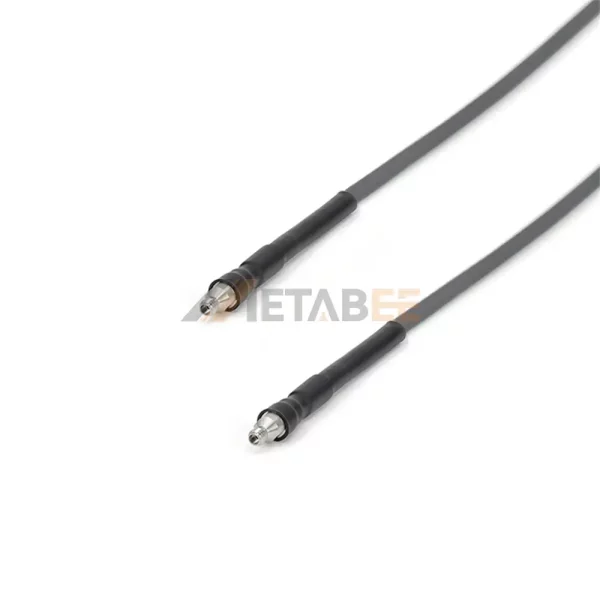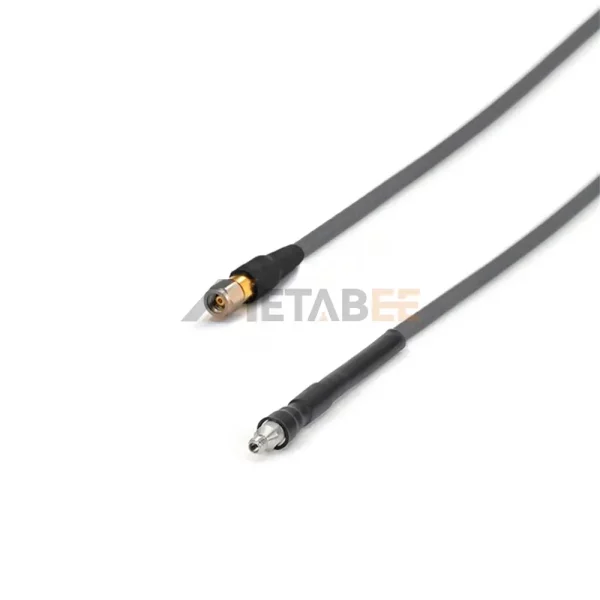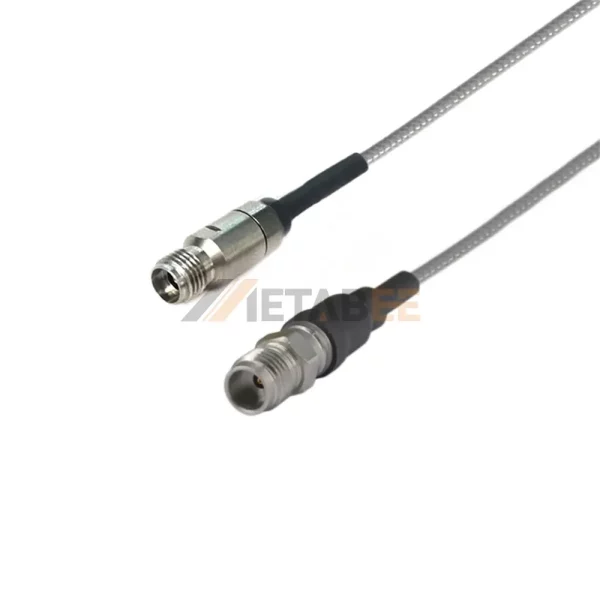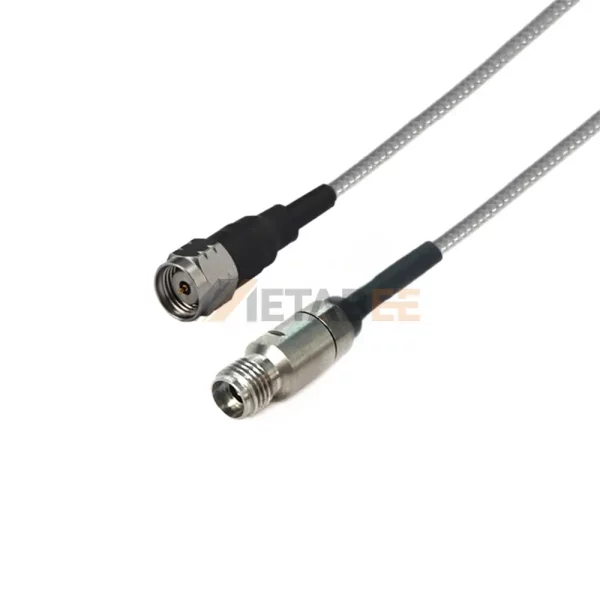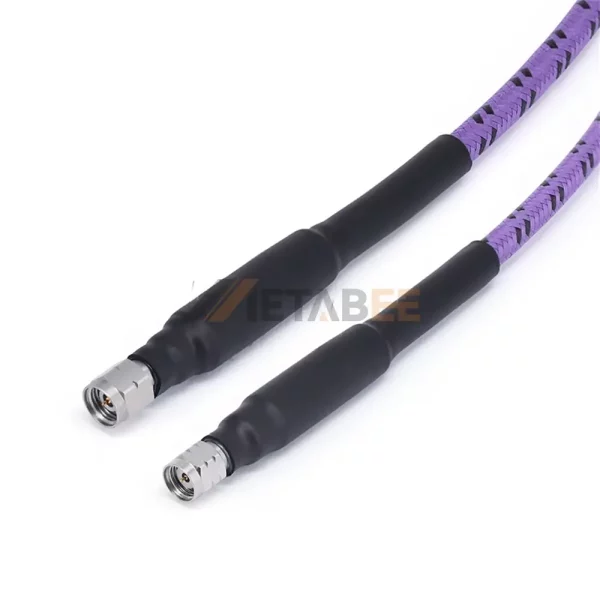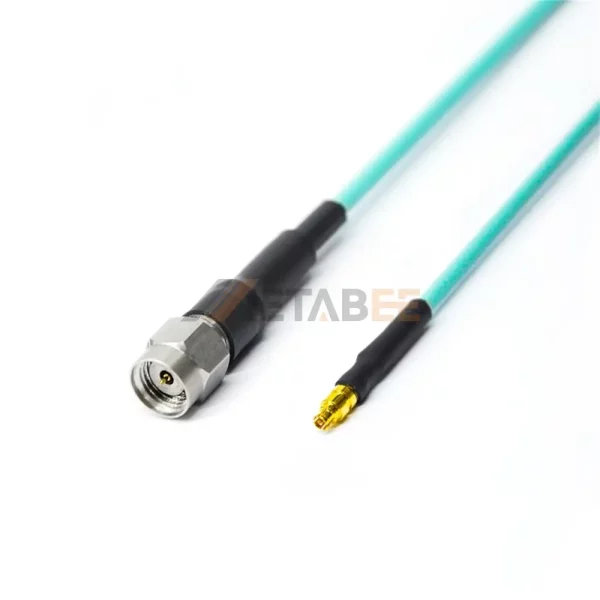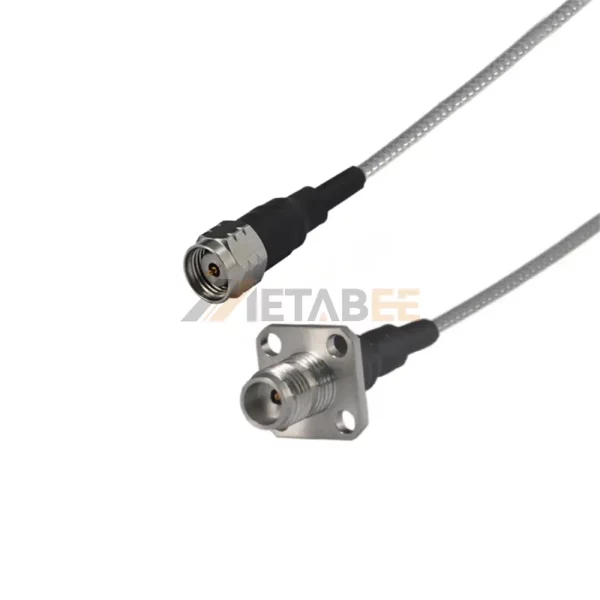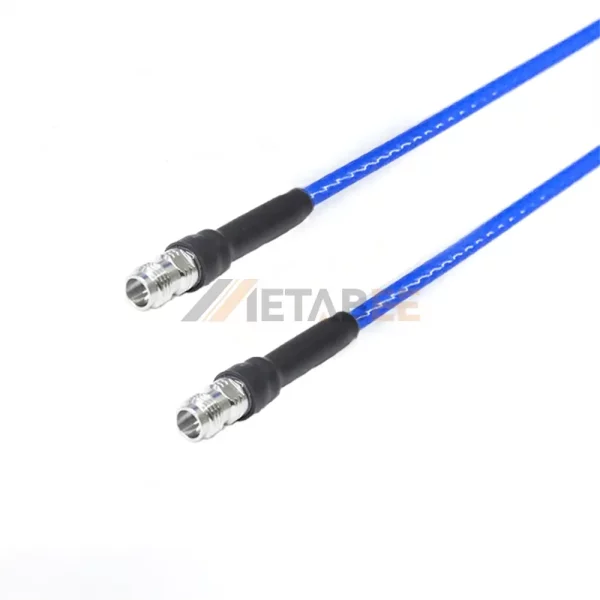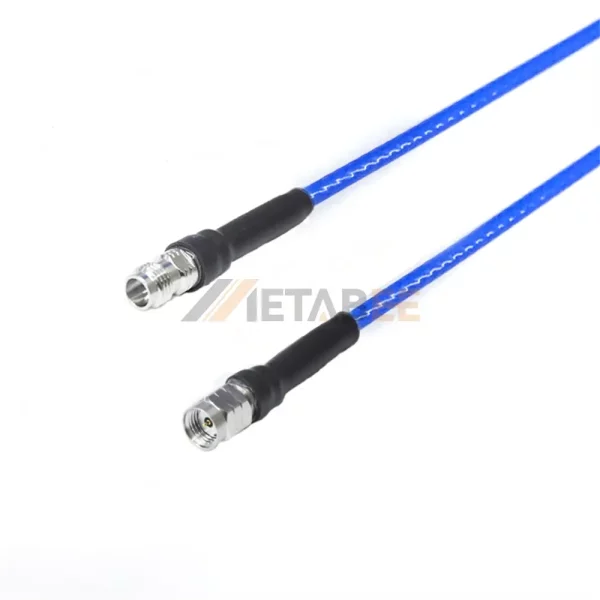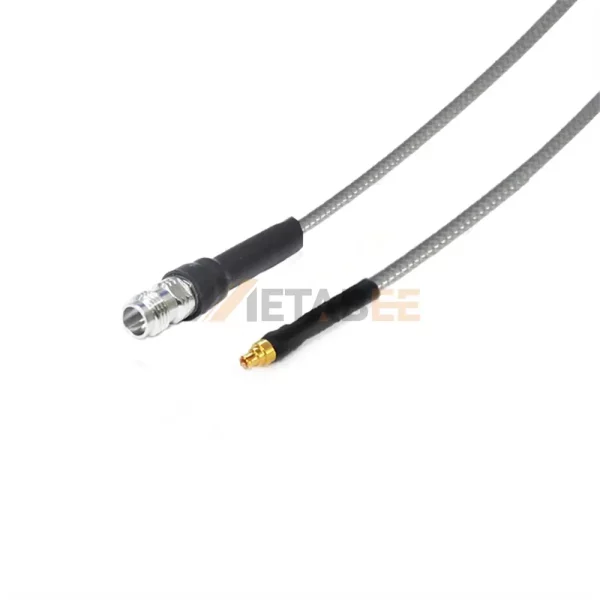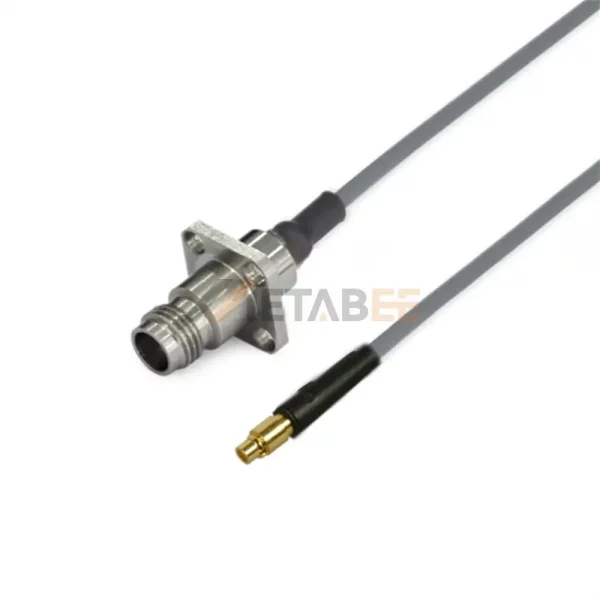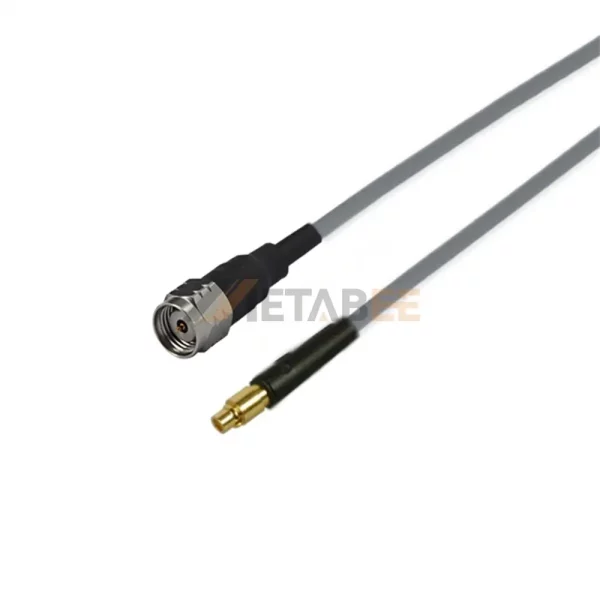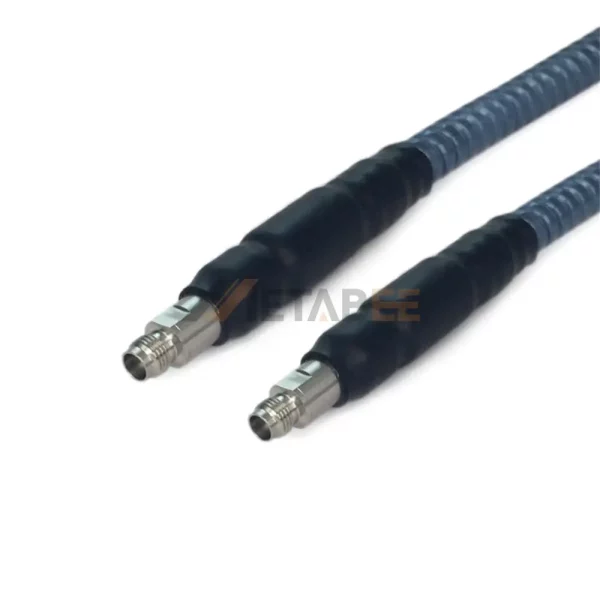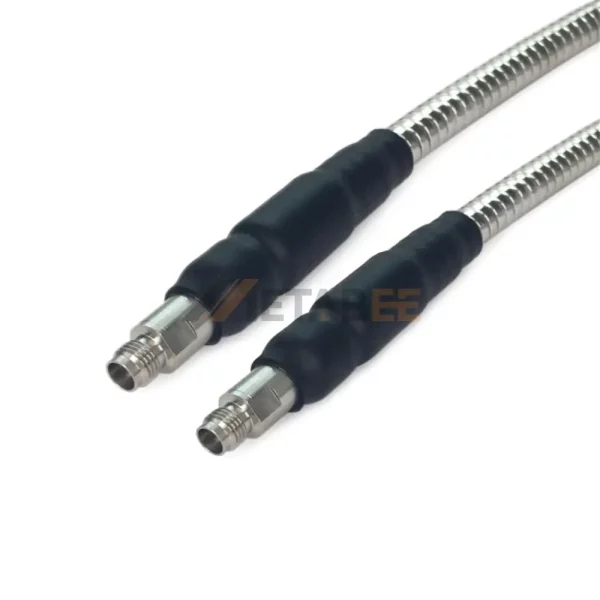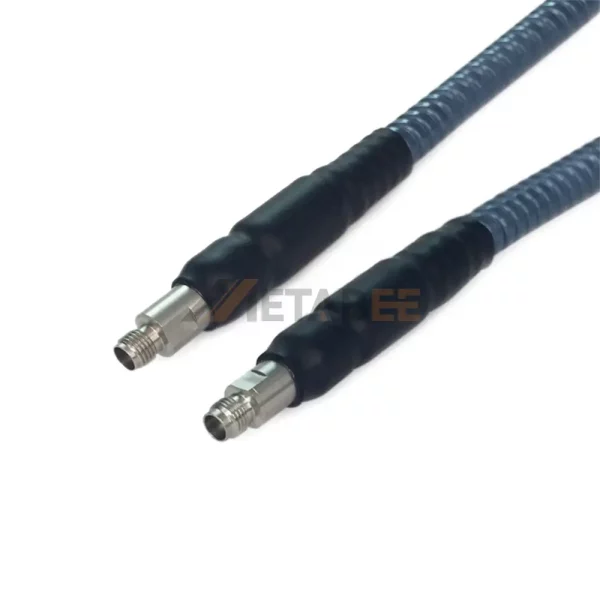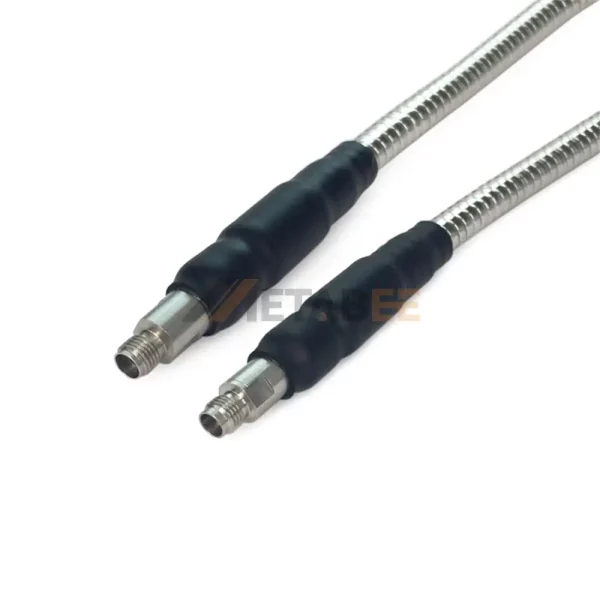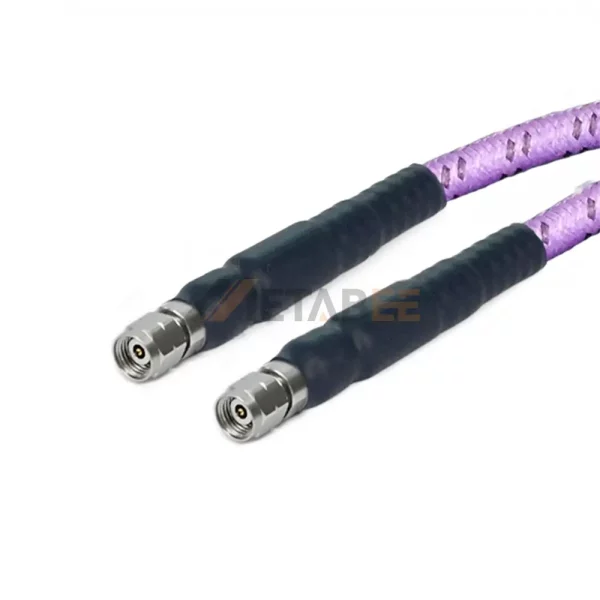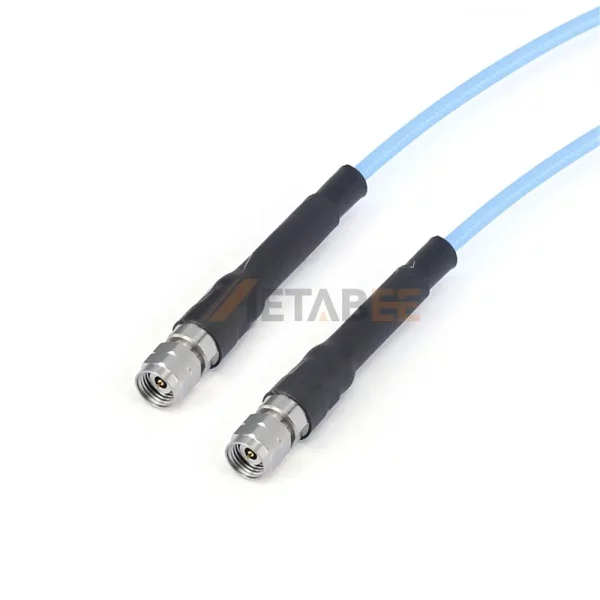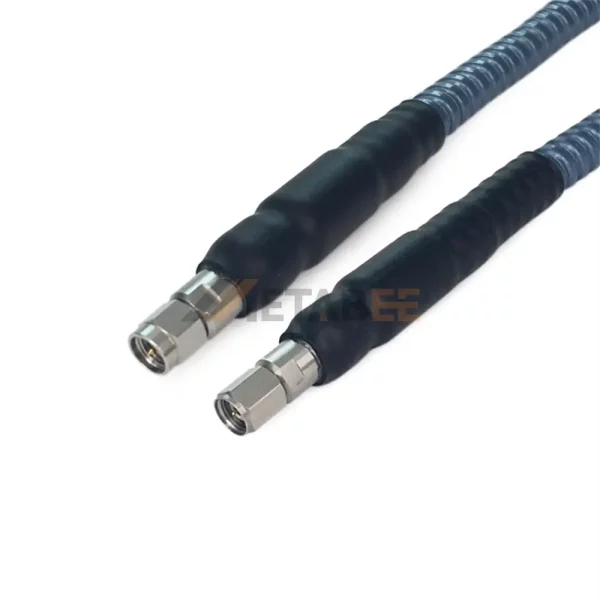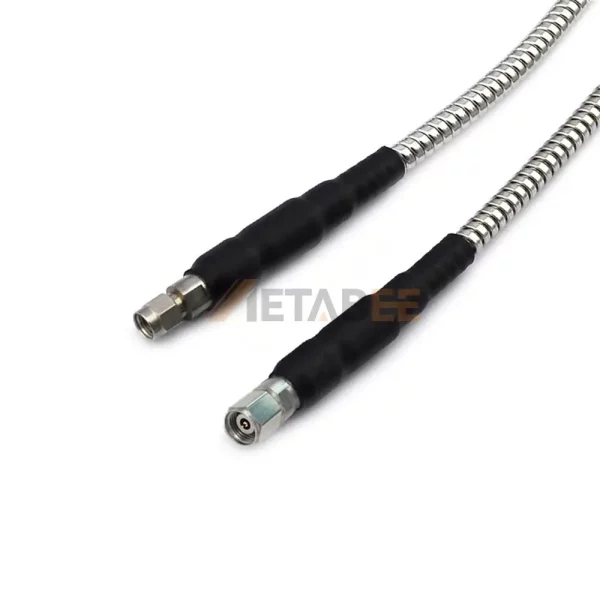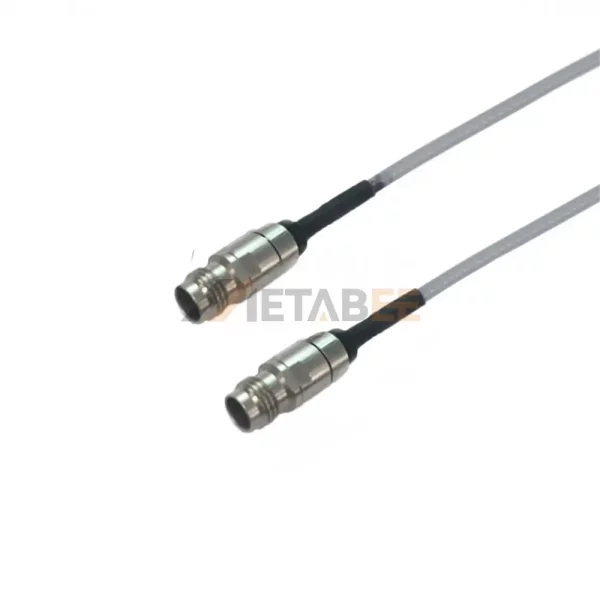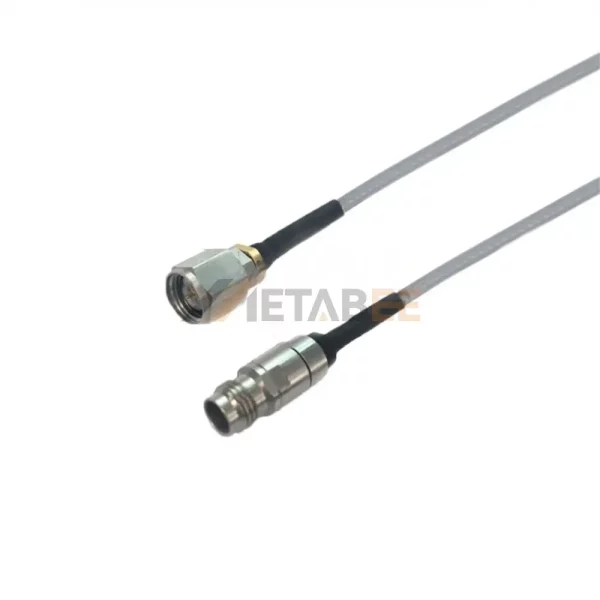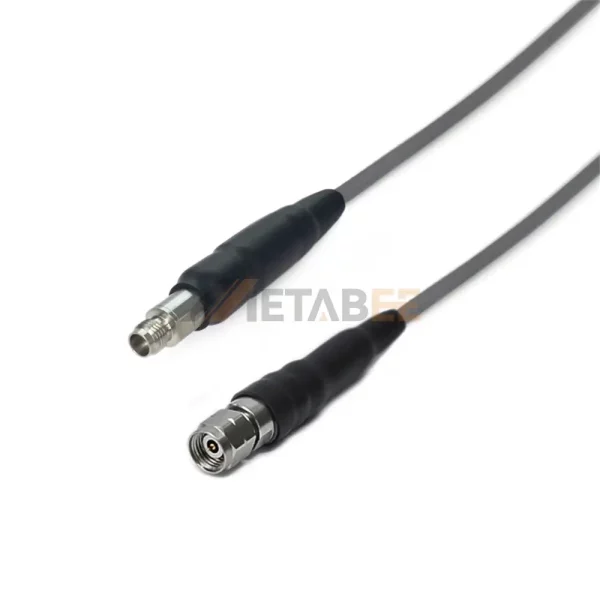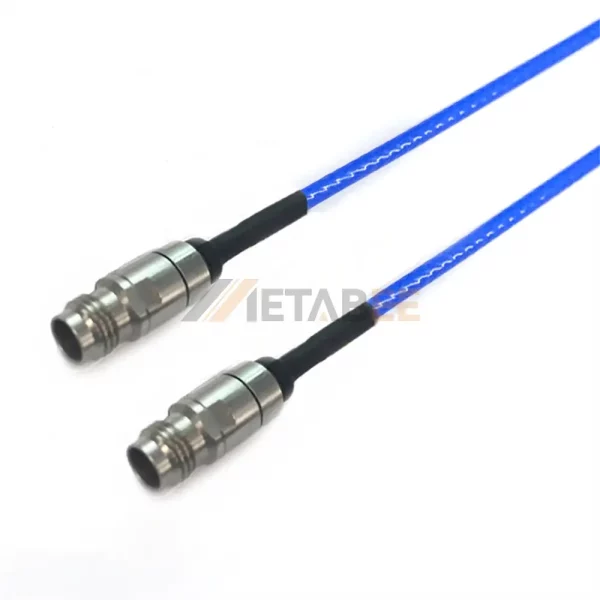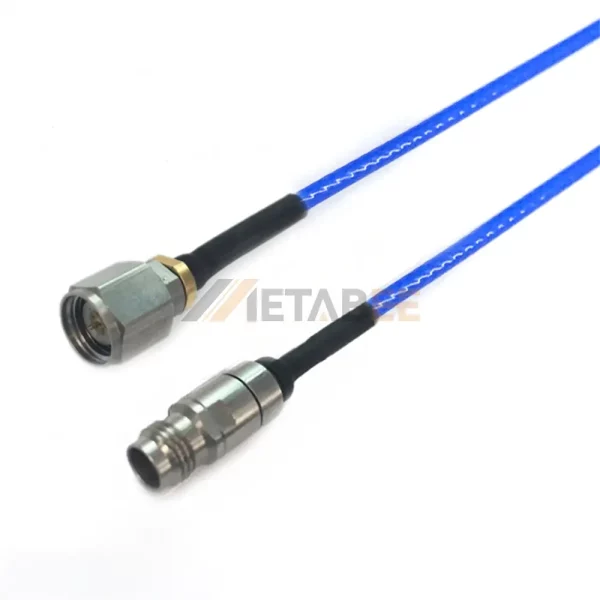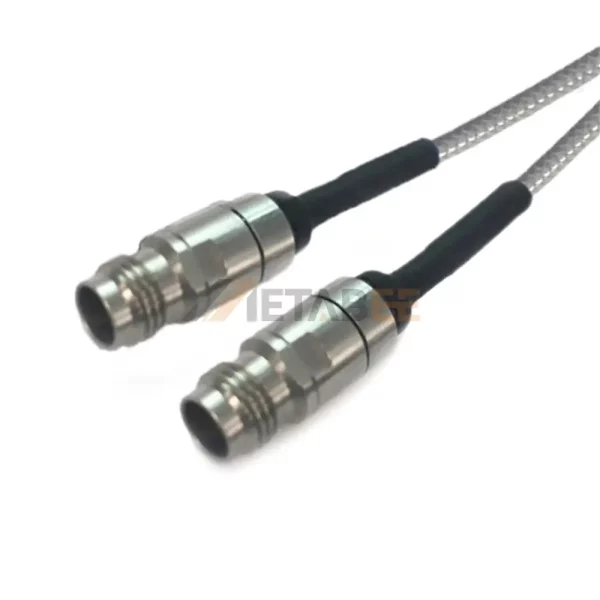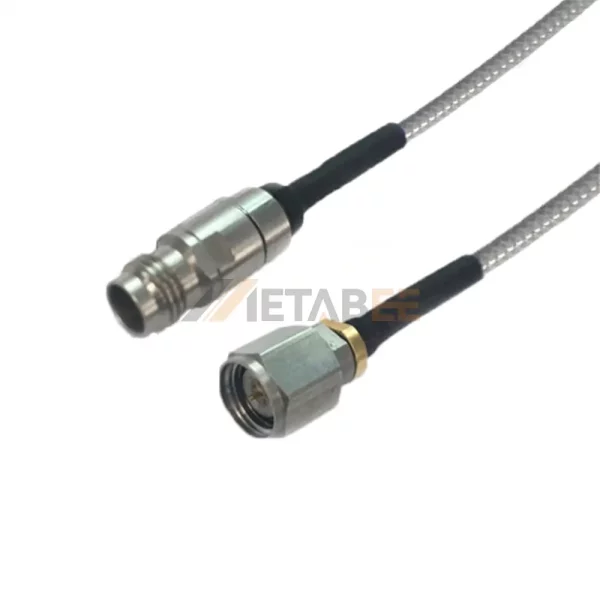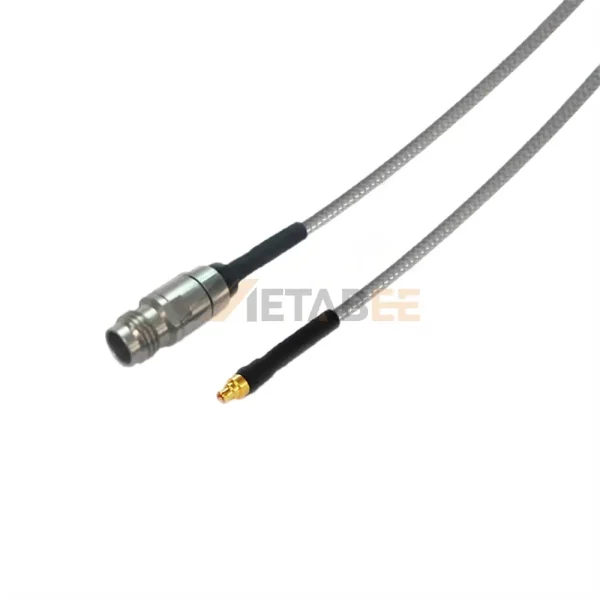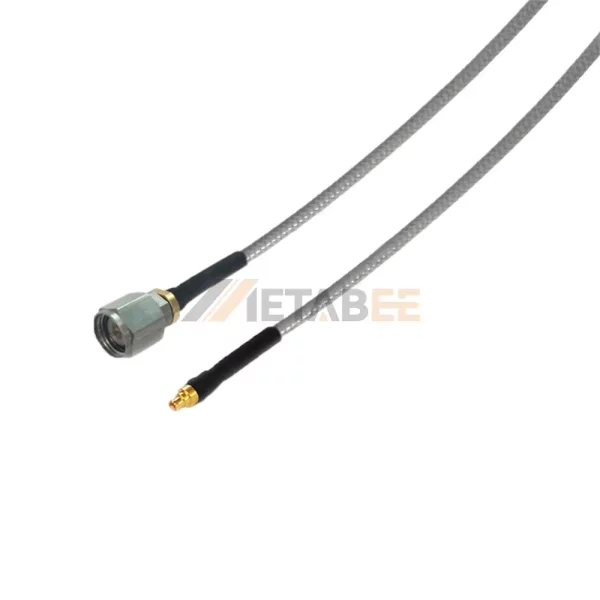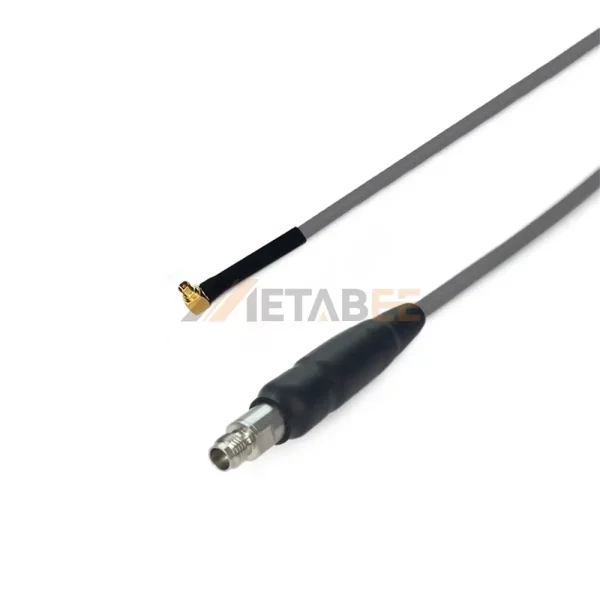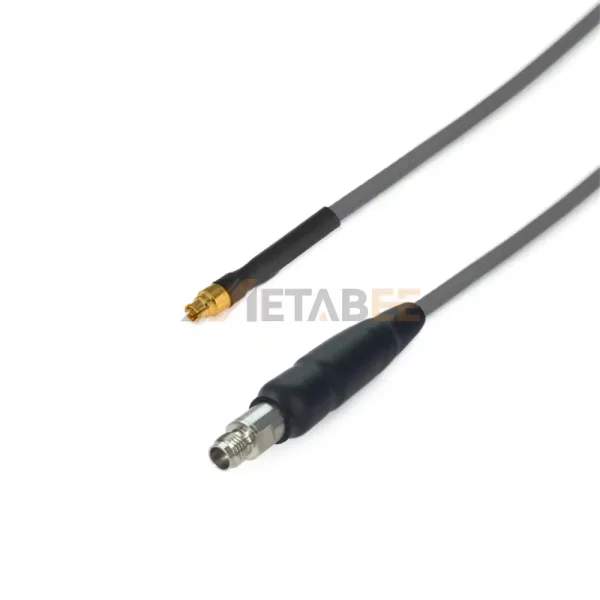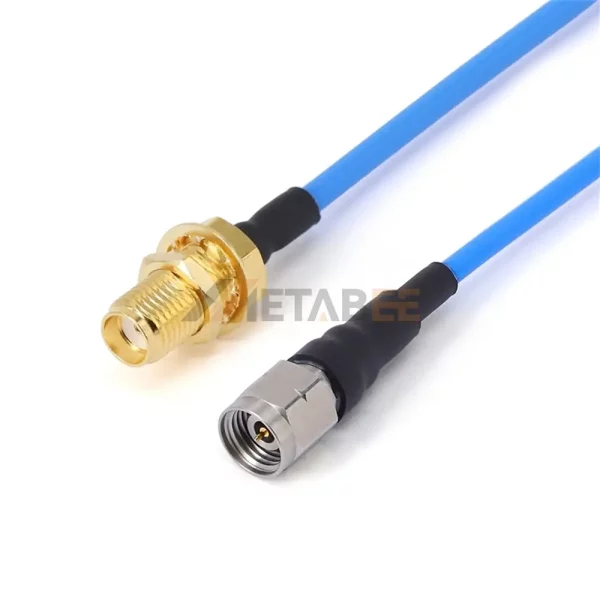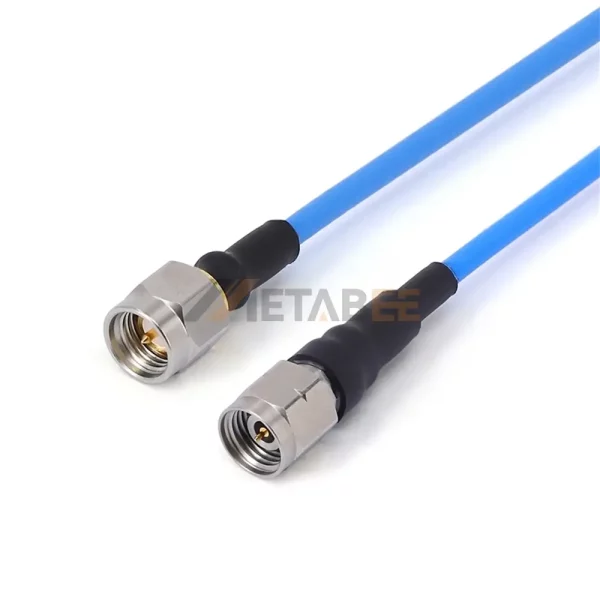RF Test Cables
As a leading connector and cable assembly manufacturer, Metabee delivers exceptional value and reliability to global clients. We own and operate our dedicated manufacturing facility, which allows us to maintain strict quality control and fast production turnaround times. So we can provide a series of RF test cables, including 1.85mm to 1.85mm, 2.4mm to 2.4mm, 2.92mm to 2.92mm, 3.5mm to 3.5mm, SMA to SMA, Mini-SMP to Mini-SMP etc.
Why choose Metabee?
- Expert Engineering Support: Our in-house technical team provides professional guidance on cable selection, and application-specific solutions.
- Premium Materials: All of our RF test cables are made from high-quality materials to ensure exceptional signal integrity, durability, and low insertion loss.
- Competitive Pricing: As the direct manufacturer, we eliminate the middlemen to offer high-quality RF cables at the best prices, without compromising performance.
- Instant Customer Service: With a responsive sales team, we offer real-time support, prompt quotes, and dependable after-sales service.
Click here to download Metabee’s PDF catalog of RF connectors, adapters, and cables to learn more.
Request a Quote Today!
FAQs:
What are RF Test Cables used for?
An RF test cable is a specialized coaxial cable used to transmit high-frequency signals during testing and measurement of RF components, systems, and devices.
What types of connectors are available for RF test cables?
Common RF connectors include SMA, N-type, Mini-SMP, 1.85mm, 2.4mm, 2.92mm, 3.5mm . The choice depends on frequency range, power handling, and application.
What frequencies can RF test cables support?
RF test cables support a wide frequency range, from DC up to 110 GHz, depending on the cable construction, materials, and connectors used.
What are the typical applications of RF test cables?
Common applications include:
Telecommunications
Aerospace & defense
Broadcasting
Instrumentatio
Medical diagnostics
What is the difference between semi-rigid and flexible RF cables?
Semi-rigid cables have a solid outer conductor for better performance but are less flexible.
Flexible cables use braided shielding for bendability but may have slightly higher loss.
What are the key performance parameters to consider when choosing an RF test cable?
Key considerations are:
Supported frequency range
Insertion loss
Phase stability
Impedance matching
Connector type
Mechanical flexibility and environmental durability
